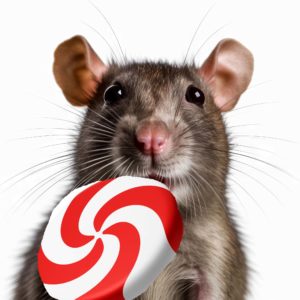 Journal of the Brazilian Medical Association: Revista da Associação Médica Brasileira (1992), 2021 Feb;67(2):287-291.
Journal of the Brazilian Medical Association: Revista da Associação Médica Brasileira (1992), 2021 Feb;67(2):287-291.
Thirty pregnant rats were given either a mix of nine artificial food dyes or nothing (controls) while pregnant. The doses given were the “no observed adverse effect level.”
After delivery, neither the mothers nor the pups were given any more food dyes, but when the pups became adults, their various tissues were examined. In this paper, it was reported that several differences in their salivary glands were found.
CONCLUSION: Exposure to synthetic food coloring before birth “may lead to deterioration of the tissue structure of the salivary glands in adulthood, thereby increasing susceptibility to chronic illnesses including malignancy and chronic inflammation.”
The authors suggest that pregnant women “should give importance to their nutrition in terms of foods containing synthetic colorings.”
MedLine || Full Text




















